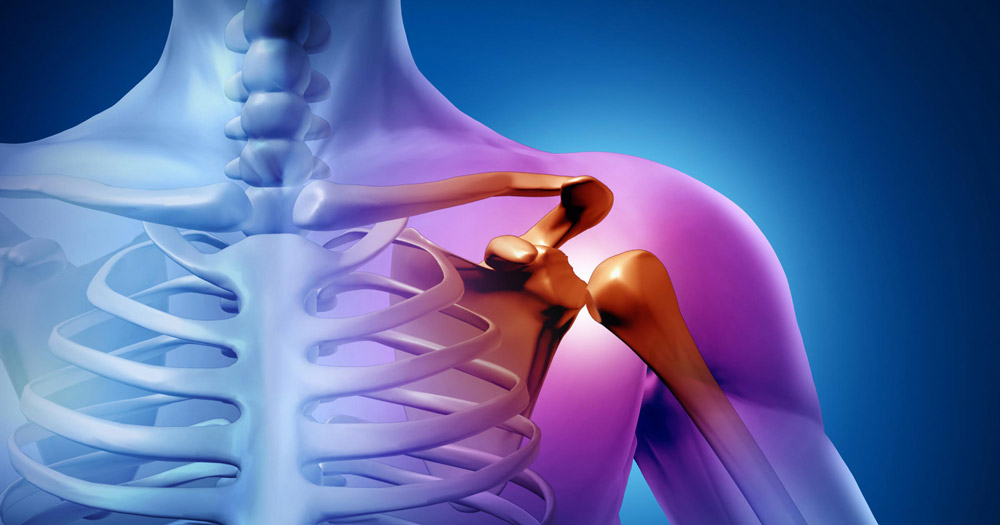Shoulder impingement is a condition involving irritation, inflammation and compression of surrounding tendons and bursa* within the shoulder.
The shoulder is a ball and socket joint, however it is very shallow and lacks stability from surrounding ligaments and bones. As a result, the joint relies heavily on muscular support (particularly the rotator cuff muscles) which means various tendons attach close to the joint space and are susceptible to being pinched and inflamed.
Shoulder impingement can be a consequence of many factors, which place extra strain on the tendons. For example:
- Poor posture, rounded shoulders and an imbalance between shoulder girdle muscles
- Undertaking repetitive activities (e.g. throwing, swimming, tennis, golf, pushing and pulling and overhead movement)
- Having an incorrect technique in particular sports
- Arthritis and bony growths
- Trauma (e.g. a fall).
Pain will commonly come on gradually and is generally located over the muscle (deltoid) at the front and outside of the shoulder joint. It will often feel sharp initially, however aching within the joint frequently occurs at night and following the cessation of activity. Discomfort may be experienced when lifting the arm above the head (reaching for up to get something out of a cupboard or hanging the washing on the clothes line), leaning on the arm, lying on the problematic side and lifting heavy objects. Weakness and stiffness within the shoulder joint may also be observed with these activities.
Unfortunately, the structures affected by shoulder impingement receive poor blood supply and nutrition so are slow to heal, meaning it can take several weeks/months for the problem to improve. During this time, it is best to avoid activities that aggravate the problem to avoid further injury. Seeing your local osteopath may help to reduce the discomfort in your shoulder.
From an osteopath’s perspective, the primary aim of managment and treatment is to improve the structure and function of the shoulder complex, ribs, upper back and neck to help aid the healing process and recovery. Your osteopath may use various techniques which may include but is not limited to: soft tissue therapy, stretching, joint mobilisation, dry needling, strengthening and stability programs.
*Bursa = Lubricating sacks preventing friction

